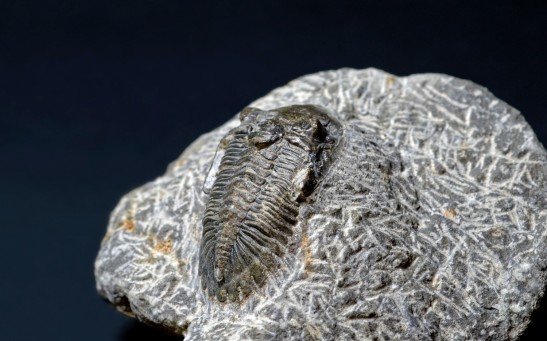arthropods
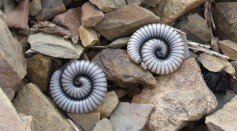
525-Million-year-Old Fossils of a Tiny Sea Creature With a Preserved Nervous System Solves Century-old Debate on Brain Evolution

Ancient Trilobites Grew and Aged Like Modern Crustaceans
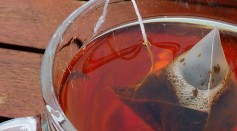
Over 400 Different Insect Species Is in a Single Tea Bag, DNA Analysis Reveal

Exceptionally Well-Preserved Ancient Arthropod That Has No Eyes, Travel With Stilts Discovered in Canada
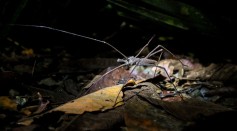
Glowing Spider Fossils Specimens Preserved, Unveiling Reason Behind Their Lighting

Opabiniid Described 100 Years Later: Researchers Confirm It Is Different from Radiodont

Watch Tardigrades Walk on Microscopic Level; Water Bear Movements Surprisingly Familiar in Astonishing Video
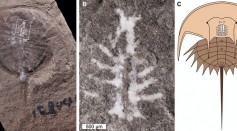
Can Internal Organs of Prehistoric Species Be Preserved? Paleontologists Discover Fossilized Central Nervous System of 310 Million-Years-Old Arthropod
Snake-Eating Spiders: Research Shows How These Arthropods Feast on Serpents
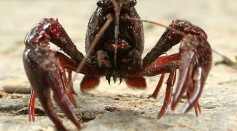
New Bio-Inspired Joint Model to Create Better Robotic Exoskeletons
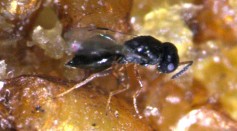
Invasive Spotted-Wing Drosophila May Now Be Controlled with Newly Discovered Biological Control Agent
Tiny "Platypus of the Crab World" Fossil Found in Columbia and U.S.
Yawunik Arthropod Revealed—The Toothsome Creature that Gave Rise to Lobsters, Spiders and Butterflies
1Kite Study Reveals Origins of Insects and Perhaps Our Origins Too
Most Popular

How Technology Is Changing the Real Estate Industry?

How a Plant-Based Diet Can Protect Against Breast Cancer: Insights from Nutrition Research

Study Reveals High Turnover in Scientific Research Careers: What This Means for Future Scientists

Why It's So Difficult to Lose Weight: The Biological Explanation Behind Obesity

